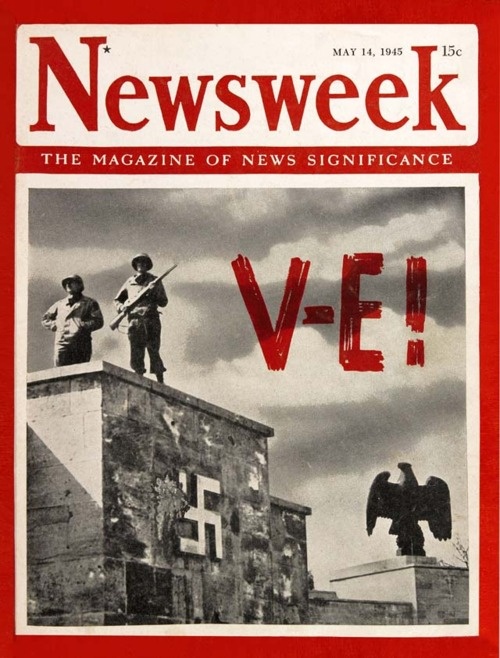
On May 8, 1945, Great Britain, the United States and other Allied countries celebrated Victory in Europe Day. Cities in the U.S., U.K.
and Western Europe, along with in the Soviet Union, Canada and
Australia put out flags and banners, rejoicing in the defeat of the
Nazi war machine during World War II.

















